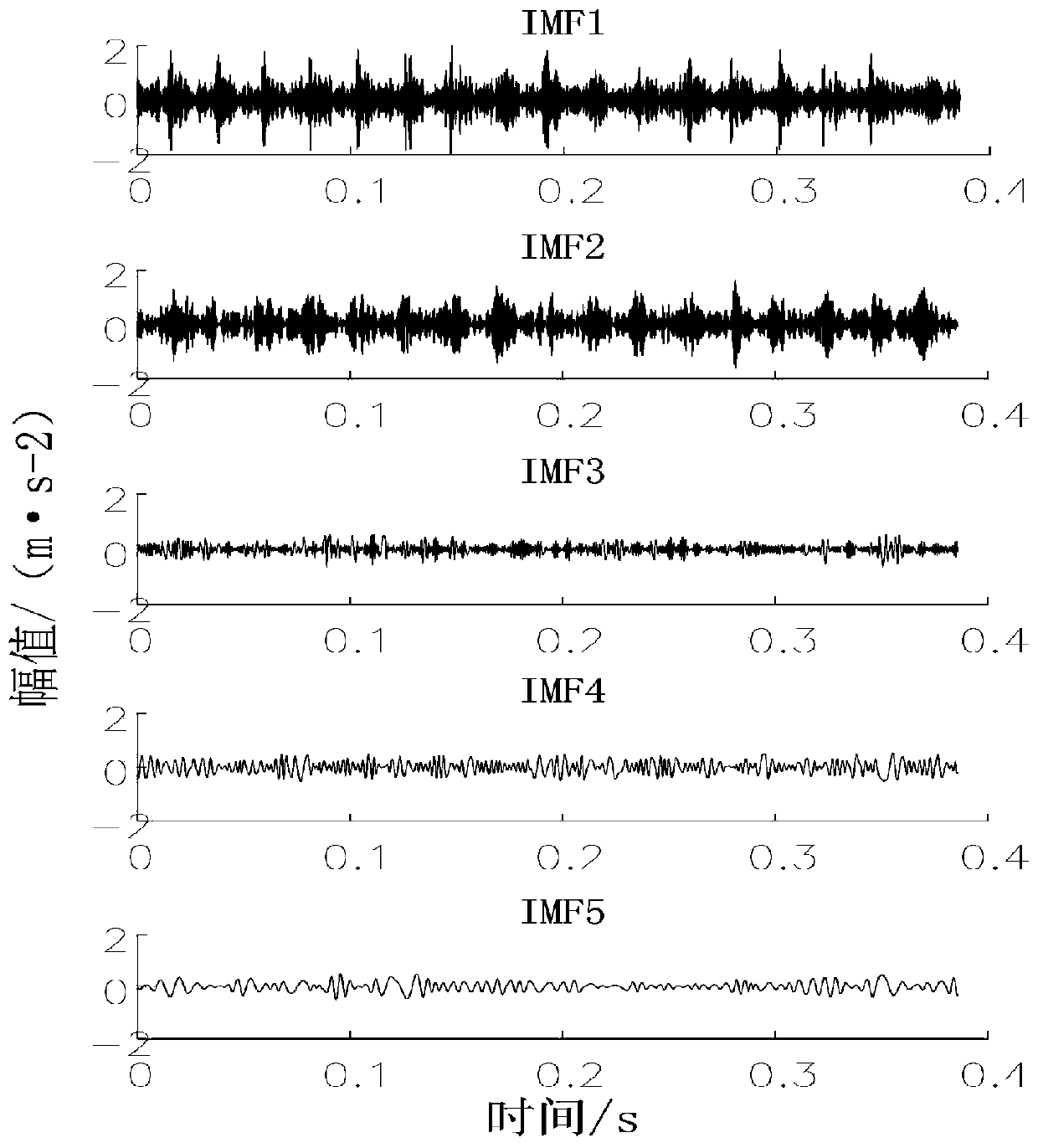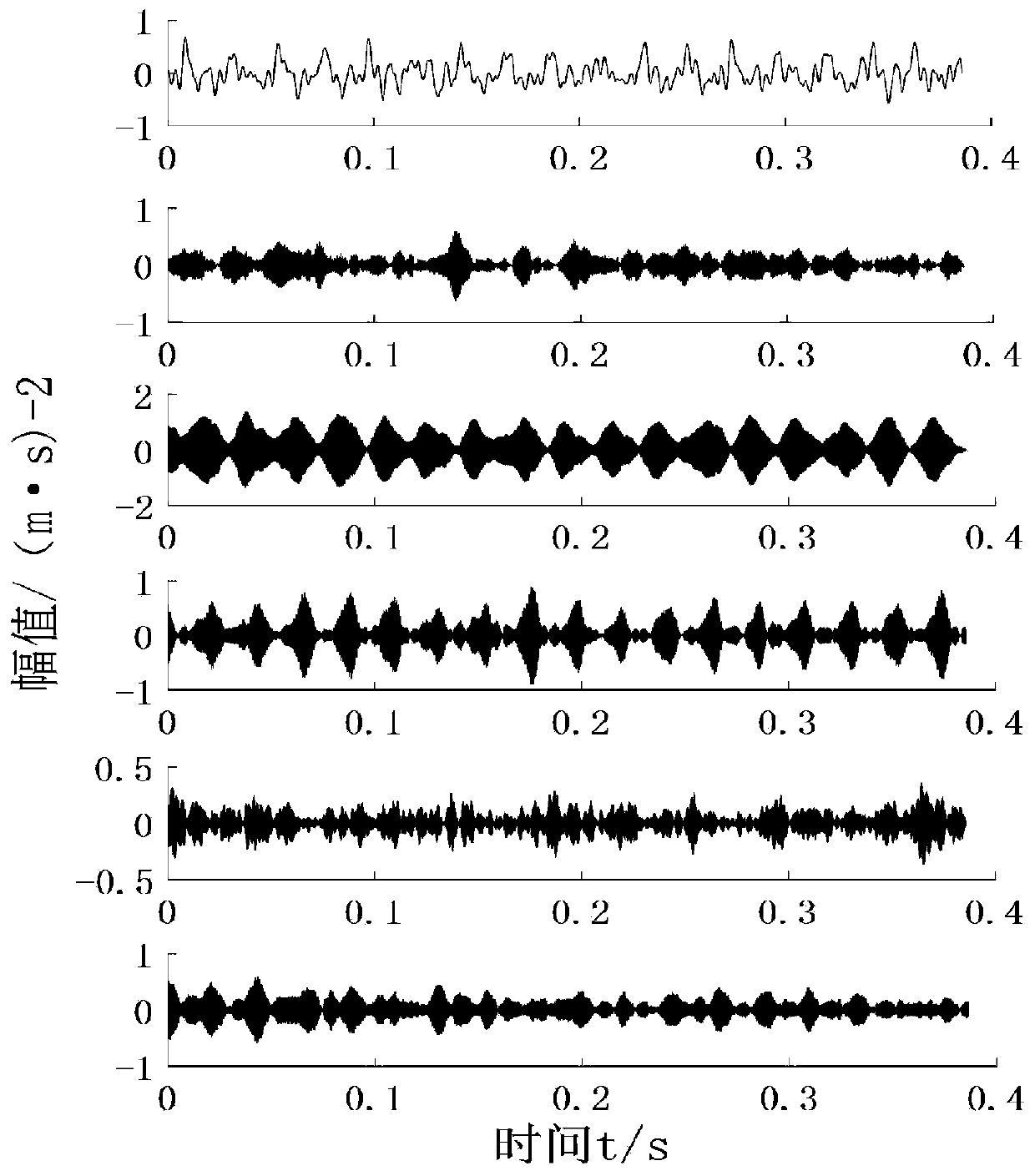Method for extracting fault characteristics of aero-engine rotor
A technology of aero-engine and fault characteristics, which is applied in the direction of engine testing, mechanical component testing, machine/structural component testing, etc. It can solve the problem that it is difficult to accurately extract the weak fault characteristics of the aero-engine rotor system, so as to eliminate the influence and effectively The effect of diagnosis
- Summary
- Abstract
- Description
- Claims
- Application Information
AI Technical Summary
Problems solved by technology
Method used
Image
Examples
Embodiment Construction
[0067] In order to make the technical means, creative features, goals and effects achieved by the present invention easy to understand, the technical solutions in the specific embodiments of the present invention are clearly and completely described below to further illustrate the present invention. Obviously, the described specific implementation The form is only a part of embodiment of this invention, and it is not all form.
[0068] In order to verify the effectiveness and superiority of the aero-engine rotor fault feature extraction method based on VNCMD and Birge-Massart threshold noise reduction in the actual rotor system fault diagnosis, this paper conducted an aero-engine rotor analysis in the Intelligent Diagnosis and Expert System Research Office of Nanjing University of Aeronautics and Astronautics. The fault data collection is carried out on the test bench. Taking the engine rotor rubbing fault as an example, the aero-engine rotor rubbing fault experiment is simulat...
PUM
 Login to View More
Login to View More Abstract
Description
Claims
Application Information
 Login to View More
Login to View More - R&D
- Intellectual Property
- Life Sciences
- Materials
- Tech Scout
- Unparalleled Data Quality
- Higher Quality Content
- 60% Fewer Hallucinations
Browse by: Latest US Patents, China's latest patents, Technical Efficacy Thesaurus, Application Domain, Technology Topic, Popular Technical Reports.
© 2025 PatSnap. All rights reserved.Legal|Privacy policy|Modern Slavery Act Transparency Statement|Sitemap|About US| Contact US: help@patsnap.com



